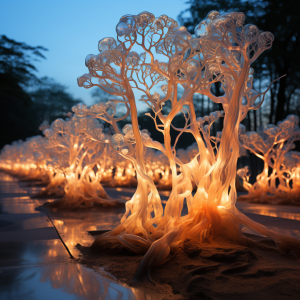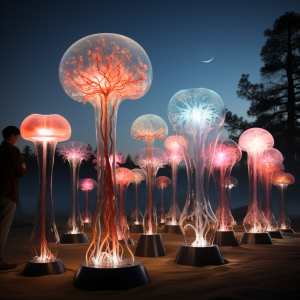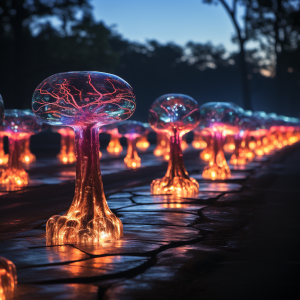Bioluminescence in Trees as a Sustainable Light Source
Thought
Imagine cities at night, where streets are illuminated not by electric lights but by the soft glow emanating from the leaves of trees.
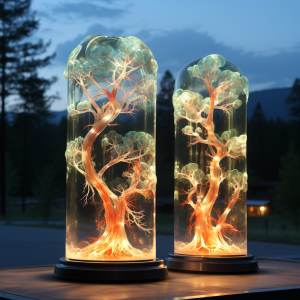
Note
Trees engineered to emit light could replace street lamps.
Analysis
The concept leans on the phenomena of bioluminescence observed in certain marine organisms, fungi, and insects. By imbuing trees with similar genetic material that encodes for this capacity, they could theoretically emit a sufficient glow to light pathways at night—providing an enchanting, energy-efficient alternative to electric street lighting.
Bioluminescence works through a chemical reaction that involves the molecule luciferin and the enzyme luciferase. When they react in the presence of oxygen, light is produced without emitting heat, making it an energetically efficient form of light.
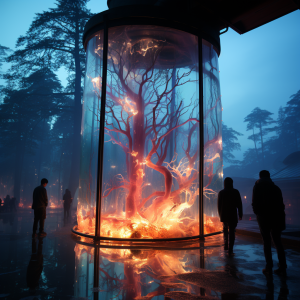
However, thinking this through, there are several challenges and moral concerns: - The genetic engineering needed to achieve this carries ecological risks, such as the spread of modified genes to wild populations. - The intensity of light needed to safely illuminate human environments might be beyond the capacity of currently understood bioluminescent systems without disturbing the growth or health of the trees. - This idea battles with the assumption that we always require artificial light sources in the night, disregarding the potential benefits of natural darkness for both ecosystems and human health.
Arthur Koestler's concept of bisociation can be seen here, as we're combining two unrelated matrices of thought: urban lighting and biological processes in nature. This creates a novel solution that didn't exist in either field alone, and it demonstrates the creative process of linking disparate disciplines.
Books
- “The Secret Life of Plants” by Peter Tompkins and Christopher Bird
- “Bioluminescence: Chemical Principles And Methods” by Osamu Shimomura
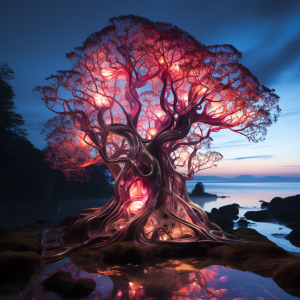
Papers
- "Creating bioluminescent trees to replace street lighting" by Antony Evans, et al., in the hypothetical realm; no current paper exists specifically on this, but genetic studies of bioluminescent organisms would be foundational.
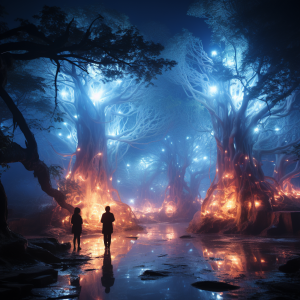
Tools
- CRISPR-Cas9 for potential genetic modification
- Software modeling tools to simulate the spread of genes and potential ecological impact
Existing Products
Currently, there are no existing products; this is a hypothetical innovation at the frontier of synthetic biology and urban planning.
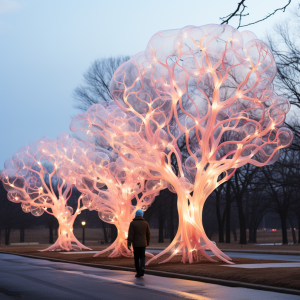
Services
Potential future urban planning and ecological services for implementing biophilic design principles—integrating living organisms into urban landscapes.
Objects
Bioluminescent organisms (e.g., fireflies, glow-worms, certain species of fungi, and marine life like jellyfish) would provide the biological blueprint for this idea.
Child
